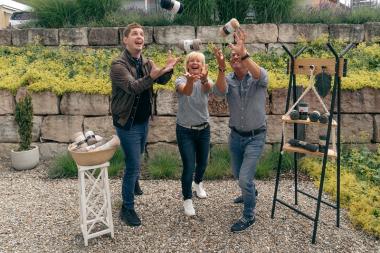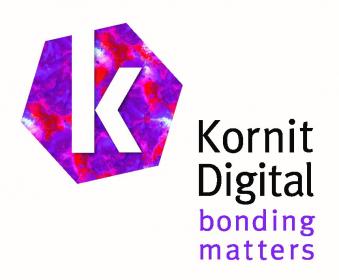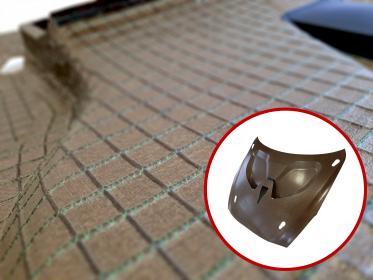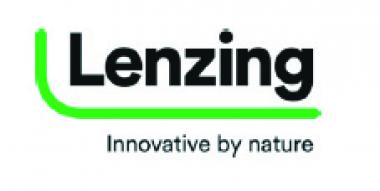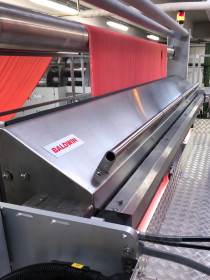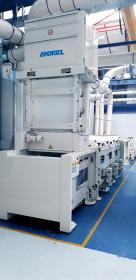Mit Abschlussarbeit „Sorry“ auf der Mercedes-Benz-Fashion-Week
Artenschutz ist das Thema der Abschlussarbeit „Sorry“ von Eva Viola Emmermann, Textil-Studentin an der Hochschule Niederrhein. Am 8. September wird sie ihre Kollektion vor professionellem Publikum und internationaler Presse auf der Mercedes-Benz-Fashion-Week in Berlin präsentieren. Eine Jury bestehend aus Mitgliedern der Industrie und der Hochschule wählten die Outfits der Doppelstudentin aus insgesamt sieben Kollektionen aus.
Eva Viola Emmermann setzt sich mit ihrer Kollektion „Sorry“ kritisch mit dem Thema Artenschutz auseinander. Musterungen und Strukturen der Kollektion sind inspiriert von in Deutschland gefährdeten Arten, sowohl Tieren als auch Pflanzen. Um die Kollektion möglichst nachhaltig zu gestalten, wurden biologisch abbaubare oder recycelte Materialien ohne Fasermischungen verwendet.
Die Doppelstudentin in den Studiengängen Textile Technologien und Design-Ingenieur Textil hat sich mit der Flächengestaltung im Strick, Gewebe, in der Lasertechnologie und besonders dem Printdesign beschäftigt. „Der Fokus meiner Arbeiten lag während meiner gesamten Studienzeit auf dem Thema Nachhaltigkeit. Hier wurden vorwiegend Kritiken in Musterungen versteckt, mit dem Ziel einer positiven und nachhaltigen Wirkung beim Betrachter“, sagt Eva Viola Emmermann.
Ihre Abschlussarbeit wird zusätzlich zusammen mit sechs weiteren Kollektionen, die Studierende aus dem Fachbereich Textil- und Bekleidungstechnik entworfen haben, auf der Berliner NEOFASHION gezeigt. Die NEOFASHION ist Teil der Berliner Fashionweek und bietet eine Modenschau für Mode-Absolventen aller Hochschul-Ausbildungsstätten in Deutschland.
Aktuell beteiligen sich 13 Ausbildungsstätten an der Show. Alle Studierenden, die für die Hochschule Niederrhein ins Rennen gehen, haben sich mit dem Thema Nachhaltigkeit befasst. „Die Branche muss sich ändern, die Jungdesigner rufen zum Umdenken auf und stoßen auf taube Ohren“, so Professorin Jutta Wiedemann, die die Teilnahme der Hochschule Niederrhein organisiert hat.
Hochschule Niederrhein Hochschule Niederrhein, Fashion, Mönchengladbach Hochschule Niederrhein, Textilien, Studenten Berlin Fashion Week
Hochschule Niederrhein















